Missing Xcrun At Library Developer Commandlinetools Usr Bin Xcrun
Introduction (100 words):
The Xcode Command Line Tools are essential for developers working with macOS and iOS platforms. These tools enable the execution of various command-line functions, including compiling and debugging code, running tests, and managing project dependencies. However, encountering the “missing xcrun” error message can hinder your productivity. This article aims to provide a comprehensive overview of the Xcode Command Line Tools, address the “missing xcrun” error message, explore its potential causes, and offer troubleshooting steps to resolve the issue.
Overview of the Xcode Command Line Tools (200 words):
The Xcode Command Line Tools package is a set of software components, including compilers, debuggers, and development utilities, that facilitate software development on macOS and iOS platforms. These tools enable developers to work seamlessly from the command line, without requiring the full Xcode IDE.
The importance of Xcode Command Line Tools lies in their ability to perform tasks such as building and running software, managing dependencies, and integrating with version control systems. Whether you are developing iOS apps, macOS applications, or utilizing frameworks and libraries, the Xcode Command Line Tools prove indispensable in the development workflow.
Explanation of the “missing xcrun” Error Message (200 words):
The “missing xcrun” error message typically occurs when the system cannot locate or access the xcrun command-line utility. Xcrun acts as a multipurpose tool that enables interaction with various Xcode tools.
Possible Causes of the “missing xcrun” Error Message (300 words):
1. Misconfigured Xcode Command Line Tools: An incorrect installation or an outdated version of the Xcode Command Line Tools can lead to the “missing xcrun” error.
2. Improper xcode-select Path: The xcrun utility relies on the xcode-select path to locate the Xcode Command Line Tools. If the path is misconfigured or pointing to an incompatible location, the error may arise.
3. Incompatible macOS Version: Sometimes, updating the macOS version might disrupt the compatibility between Xcode and the Command Line Tools, resulting in the error.
4. Third-Party Conflicts: Clashing with other developer tools or frameworks can interfere with the proper functioning of Xcode Command Line Tools.
Troubleshooting Steps for Resolving the Error Message (900 words):
1. Install and Update Xcode Command Line Tools:
– Open Terminal and run the command ‘xcode-select –install’ to install or update the Xcode Command Line Tools. Follow any on-screen prompts to complete the installation.
– Alternatively, you can install or update Xcode from the Mac App Store.
2. Verify xcode-select Configuration:
– Run ‘xcode-select -p’ in the Terminal to check if the correct path to Xcode Command Line Tools is set. It should display ‘/Library/Developer/CommandLineTools’.
– If the path is incorrect or missing, set it using ‘sudo xcode-select -s /Library/Developer/CommandLineTools’.
3. Resolve Git Invalid Active Developer Path:
– If encountering a “Git invalid active developer path” error, execute the command ‘sudo xcode-select –reset’ in Terminal to reset the active developer path.
4. Reinstall Xcode Command Line Tools:
– Uninstall the existing Xcode Command Line Tools by running ‘sudo rm -rf /Library/Developer/CommandLineTools’ in the Terminal.
– Reinstall the tools by following the installation steps mentioned earlier.
5. Address Xcrun Error in Flutter:
– If facing an “xcrun error invalid active developer path flutter” while using Flutter, try running ‘sudo xcode-select –switch /Applications/Xcode.app’ in the Terminal.
6. Resolve Invalid Active Developer Path in VSCode:
– In Visual Studio Code, navigate to Preferences -> Settings.
– Search for “xcode-select” in the settings search bar and ensure that the path is correctly configured as ‘/Library/Developer/CommandLineTools’.
FAQs (300 words):
Q1. What is the purpose of xcrun?
A1. Xcrun serves as a multipurpose command-line utility in Xcode Command Line Tools. It enables interaction with various Xcode tools and facilitates automation of tasks related to building, running, and testing code.
Q2. Can I install Xcode Command Line Tools without Xcode?
A2. Yes, it is possible to install the Xcode Command Line Tools separately without installing the full Xcode IDE. You can use the ‘xcode-select –install’ command in the Terminal to initiate the installation process.
Q3. How often should I update Xcode Command Line Tools?
A3. It is recommended to keep the Xcode Command Line Tools up to date to ensure compatibility with the latest macOS updates and support for new features and improvements. Check for updates regularly or set up automatic updates through the App Store preferences.
Q4. Are there any alternative command-line tools to xcrun?
A4. Xcrun is integral to Xcode Command Line Tools and serves as the primary interface for invoking other tools. While there may be alternative command-line tools, their functionality differs, and it is advisable to use xcrun as per the recommended practices established by Apple.
Q5. How can I verify the successful installation of Xcode Command Line Tools?
A5. Open Terminal and run ‘xcode-select -v’. If it displays the Xcode Command Line Tools version, the installation is successful.
Conclusion (100 words):
The Xcode Command Line Tools play a crucial role in enabling developers to efficiently work from the command line, managing software projects and dependencies effectively. However, encountering the “missing xcrun” error can pose challenges to developers. By following the troubleshooting steps mentioned in this article, one can resolve the error and continue with their development tasks seamlessly. Stay updated with the latest Xcode Command Line Tools and ensure their proper configuration to optimize productivity and streamline the development process.
Xcrun Error Invalid Active Developer Path (/Library/Developer/Commandlinetools), Missing Xcrun
Keywords searched by users: missing xcrun at library developer commandlinetools usr bin xcrun xcode-select: note: install requested for command line developer tools, Git invalid active developer path, xcode-select –install, Xcode command line tools, Active developer directory ‘/ library developer commandlinetools is a command line tools instance, Cannot run git invalid path to command line tools, Xcrun error invalid active developer path flutter, Invalid active developer path VSCode
Categories: Top 92 Missing Xcrun At Library Developer Commandlinetools Usr Bin Xcrun
See more here: nhanvietluanvan.com
Xcode-Select: Note: Install Requested For Command Line Developer Tools
Introduction:
Xcode-select is a command-line utility for installing and managing Command Line Developer Tools (CLT) on macOS. These tools are essential for developers and programmers who need access to a range of programming languages, frameworks, and libraries to build applications. In this article, we will explore the process of installing Xcode-select and answer some frequently asked questions to help you navigate the installation and make the most out of this powerful development tool.
I. What is Xcode-select?
Xcode-select is a command-line tool provided by Apple that allows developers to install, update, and manage the Command Line Developer Tools on macOS. By installing Xcode-select, you gain access to a suite of development tools, including compilers, build systems, and macOS SDKs, through the Terminal application.
II. Installing Xcode-select:
1. Open Terminal:
– Launch the Terminal, located in the Utilities folder within Applications.
2. Check if Xcode-select is installed:
– Enter the following command and press Enter: xcode-select –version
– If Xcode-select is installed, the Terminal will display the version number. Otherwise, you will receive an error message.
3. Install Xcode-select:
– Input the following command and press Enter: xcode-select –install
– A pop-up window will appear, asking for your confirmation to install the Command Line Developer Tools.
– Click on “Install” and follow the on-screen instructions.
4. Wait for the installation to complete:
– The installation process may take a few minutes, so be patient.
– Once the installation is finished, you will receive a confirmation message.
III. Frequently Asked Questions (FAQs):
Q1. Do I need to install Xcode-select even if I have Xcode installed?
A1. No, if you have Xcode installed, you automatically have access to the Command Line Developer Tools. However, if you prefer not to install the full Xcode package, installing Xcode-select will grant you access to the core tools needed for development.
Q2. Can I install Xcode-select without an Apple Developer Account?
A2. Yes, you can install Xcode-select without requiring an Apple Developer Account. However, some advanced features and certain frameworks may only be available when using Xcode with an active developer account.
Q3. How do I verify if Xcode-select is properly installed?
A3. Open Terminal and type: xcode-select –version. If Xcode-select is installed correctly, it will display the version number. Otherwise, an error message will be shown.
Q4. Can I remove Xcode-select once it is installed?
A4. Yes, you can uninstall Xcode-select by running the command: sudo rm -rf /Library/Developer/CommandLineTools. However, be cautious as removing Xcode-select will also remove the Command Line Developer Tools from your system.
Q5. How can I update Xcode-select to the latest version?
A5. You can update Xcode-select to the latest version by running the command: softwareupdate –install xcode-select. This command will update the command-line tools to the latest available version.
Q6. Can I use Xcode-select to switch between different versions of Xcode?
A6. No, Xcode-select does not handle multiple versions of Xcode installations. Xcode-select is used to manage the Command Line Developer Tools only. To switch between different versions of Xcode, use the Xcode application itself.
Conclusion:
Xcode-select is a highly useful tool for developers and programmers on macOS, allowing easy installation and management of the Command Line Developer Tools. By following the installation process outlined in this article, you’ll be equipped with essential development tools to enhance your coding experience. Remember to stay up-to-date with the latest version of Xcode-select to benefit from the newest features and bug fixes.
Git Invalid Active Developer Path
Git has become the go-to version control system for developers worldwide. It allows teams to collaborate seamlessly and efficiently on projects by tracking changes in code, merging work, and resolving conflicts. However, like any software, Git is not without its quirks and occasional errors. One such error that developers may encounter is the “Git invalid active developer path”. In this article, we will delve into the causes, solutions, and frequently asked questions regarding this issue.
Understanding the “Git invalid active developer path” error
When encountering the “Git invalid active developer path” error, developers often experience problems while pulling or pushing code changes from their local repository to their remote repository. The error message typically appears as follows:
xcrun: error: invalid active developer path (/Library/Developer/CommandLineTools), missing xcrun at: /Library/Developer/CommandLineTools/usr/bin/xcrun
This error occurs when Git points to an invalid developer path or when it fails to locate specific tools required to execute commands. Though it may seem daunting at first, it can generally be resolved through a variety of troubleshooting steps.
Common causes of the “Git invalid active developer path” error
1. Command Line Tools not installed: The error may arise if Command Line Tools, which provide software development tools for macOS, are not installed correctly. Git relies on these tools for certain functionalities.
2. Xcode update: Updating Xcode, an integrated development environment for macOS, can sometimes overwrite or change the developer paths, causing Git to lose track of the necessary tools.
3. Multiple versions of Xcode: If multiple versions of Xcode are installed on your system, this can lead to conflicts and cause developer path issues within Git.
Resolving the “Git invalid active developer path” error
Now that we have an understanding of the causes of this error, let’s explore some possible solutions:
1. Install Command Line Tools: Open your Terminal and run the command `xcode-select –install`. This will prompt the installation of Command Line Tools. Once the installation is complete, try executing Git commands again.
2. Update Command Line Tools: In some cases, the Command Line Tools installation may be outdated. To update, open the App Store and search for “Command Line Tools”. Install the latest version available and restart your system before using Git.
3. Set the correct active developer path: Use the command `sudo xcode-select -switch /Applications/Xcode.app` to ensure that the correct Xcode version is used. Adjust the path accordingly if Xcode is installed elsewhere on your system.
4. Remove conflicting Xcode installations: If you have multiple versions of Xcode installed, you may choose to remove the unnecessary versions to prevent conflicts. To uninstall Xcode, open the “Applications” folder, locate the Xcode version you want to remove, right-click, and select “Move to Trash”.
5. Reinstall Xcode: If none of the above solutions work or if you require multiple versions of Xcode, consider reinstalling the desired version. This can help resolve any issues related to the developer path. Remember to restart your system after the reinstallation.
FAQs
1. Can I use Git without Xcode or Command Line Tools?
Yes, Git can be used independently of Xcode or Command Line Tools. However, some functionalities may not be available or may not work as expected, given that Git relies on these tools for certain operations.
2. Why did I encounter the “Git invalid active developer path” error after an Xcode update?
An Xcode update can sometimes modify or overwrite the developer path that Git points to, resulting in the error. It’s always a good practice to verify and reset the developer path after an Xcode update.
3. I already have Xcode installed, why do I need Command Line Tools?
Xcode is a comprehensive development suite, while Command Line Tools are a subset of tools specifically designed for command-line development. Many developers find Command Line Tools to be sufficient for their needs, without requiring the complete Xcode installation.
4. Can I have multiple versions of Xcode installed?
Yes, you can have multiple versions of Xcode installed on your system. However, it’s essential to set the correct active developer path to ensure Git uses the desired version. Conflicts can arise if multiple versions are present without proper management.
In conclusion, the “Git invalid active developer path” error can be resolved by taking a systematic approach to troubleshoot and fix the underlying issues. By following the suggested solutions and understanding the causes of the error, developers can minimize downtime and continue collaborating efficiently using Git. Remember to stay up to date with Xcode versions, maintain Command Line Tools, and choose the appropriate active developer path for a smooth Git experience.
Xcode-Select –Install
What is “xcode-select –install”?
“Xcode-select –install” is a command-line tool provided by Apple that facilitates the installation of the Xcode command line tools, which are required for developing software on macOS. These tools include compilers, debuggers, and other development utilities that are necessary for building and executing software applications.
Running the “xcode-select –install” command initiates the installation process for the Xcode command line tools. It presents a dialog box to the user, confirming their choice to install the tools. Once confirmed, the tools are automatically downloaded and installed onto the system.
Why do I need the Xcode command line tools?
The Xcode command line tools are essential for software development on macOS. They provide a set of tools and libraries that are used by developers to build, test, and debug applications. Whether you are working on command-line tools, terminal-based utilities, or compiling code from the command line, the Xcode command line tools are indispensable.
These tools include various utilities and libraries, such as the Clang compiler, which is responsible for compiling C, C++, and Objective-C code; the LLVM compiler infrastructure, which provides advanced code analysis and optimization capabilities; and several debugging and profiling tools. Furthermore, the Xcode command line tools include various frameworks, such as Core Foundation and Core Graphics, which are essential for developing macOS applications.
How do I install the Xcode command line tools using “xcode-select –install”?
To install the Xcode command line tools, follow these steps:
1. Open the Terminal application, which can be found in the Utilities folder within the Applications folder.
2. Type the following command and press Enter: “xcode-select –install”.
3. A dialog box will appear, asking if you want to install the command line tools. Click on the “Install” button to proceed.
4. The installation will begin, and you may need to enter your administrator password to grant permission for the installation to proceed.
5. The Xcode command line tools will be automatically downloaded and installed. The progress can be monitored in the Terminal.
6. Once the installation is complete, you can verify the installation by typing “xcode-select -p” in the Terminal.
Should I install the Xcode command line tools even if I have Xcode installed?
If you already have Xcode installed, you may wonder whether installing the Xcode command line tools is necessary. The answer depends on your specific requirements. While Xcode itself includes the command line tools package, you might choose to install them separately for various reasons.
For example, if you have a limited amount of disk space, you may choose to install only the command line tools instead of the entire Xcode IDE. Additionally, if you are developing using a different IDE or text editor, having the standalone command line tools package can be sufficient.
Furthermore, some software development workflows or specific tools and libraries may require the Xcode command line tools, even if you have Xcode installed. Thus, it is generally recommended to have the command line tools package installed alongside Xcode.
Can I uninstall the Xcode command line tools?
Yes, if you no longer need the Xcode command line tools or wish to free up disk space, you can uninstall them. There are multiple ways to uninstall the tools, depending on your requirements.
If you wish to remove the standalone command line tools package without removing Xcode, open the Terminal and type the following command: “sudo rm -rf /Library/Developer/CommandLineTools”. This command will remove the command line tools package from your system.
On the other hand, if you want to completely uninstall Xcode along with the command line tools, you can use an app remover tool or manually remove all associated files and directories.
In conclusion, “xcode-select –install” is a command-line tool provided by Apple to simplify the installation of the Xcode command line tools. These tools are essential for software development on macOS and provide a wide range of utilities and libraries for building applications. Whether you are developing command-line tools or compiling code from the command line, installing the Xcode command line tools is a crucial step in the development process.
Images related to the topic missing xcrun at library developer commandlinetools usr bin xcrun
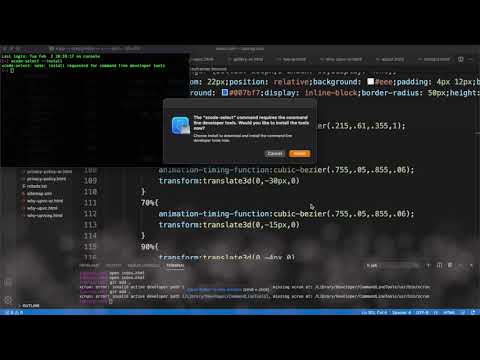
Found 6 images related to missing xcrun at library developer commandlinetools usr bin xcrun theme
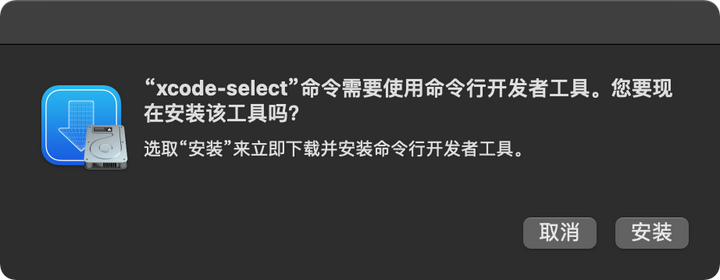





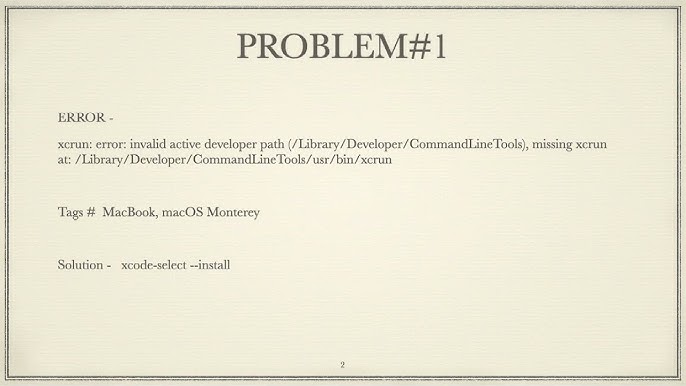
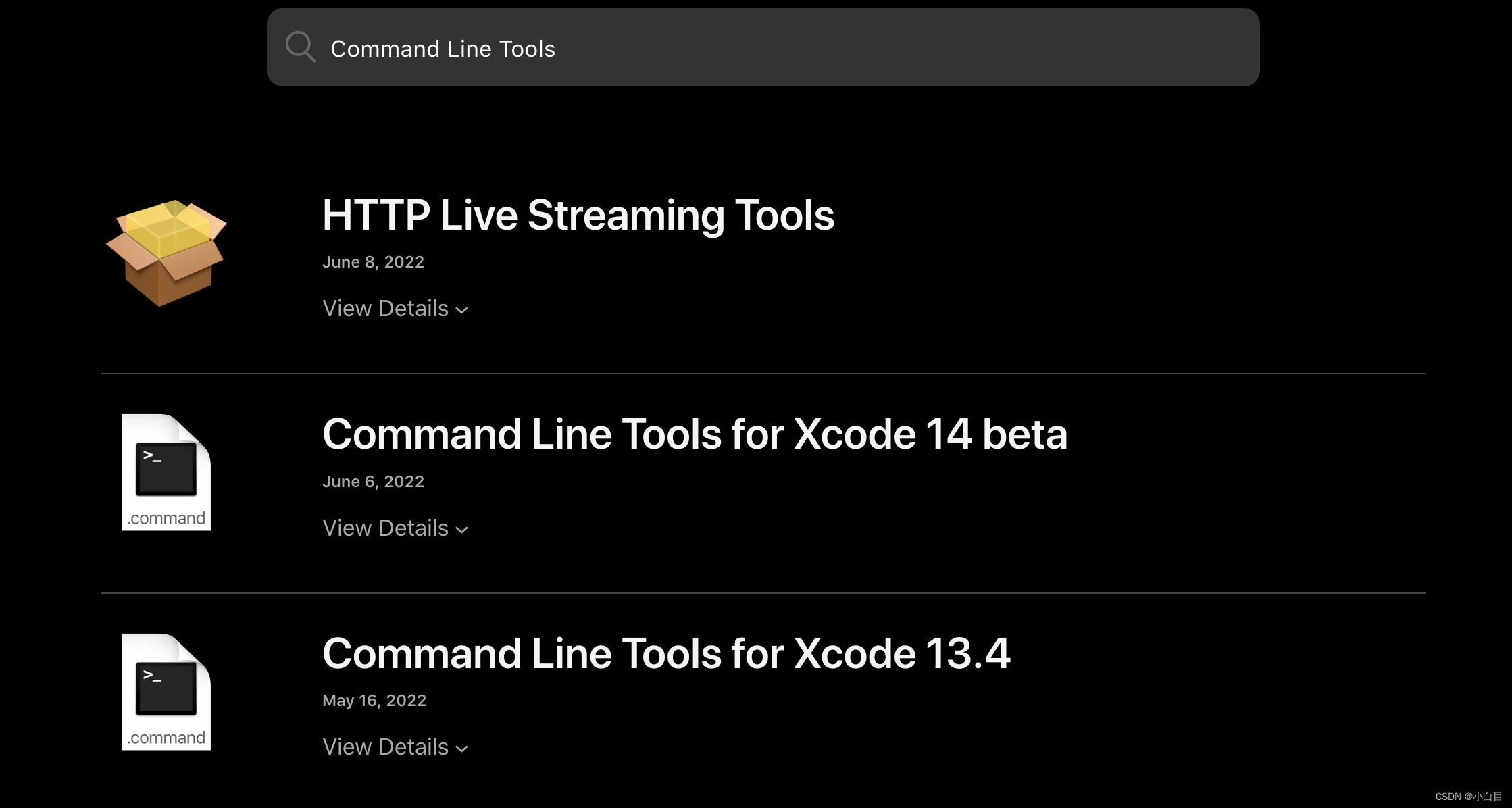

![解決] Homebrew管理Mac 套件,出現錯誤訊息:shallow or no git repository | xcrun: error: invalid active developer path (/Library/Developer/CommandLineTools), missing xcrun at: /Library/Developer/CommandLineTools/usr/bin/xcrun Homebrew/homebrew-core (no Git ... 解決] Homebrew管理Mac 套件,出現錯誤訊息:Shallow Or No Git Repository | Xcrun: Error: Invalid Active Developer Path (/Library/Developer/Commandlinetools), Missing Xcrun At: /Library/Developer/Commandlinetools/Usr/Bin/Xcrun Homebrew/Homebrew-Core (No Git ...](https://dotblogsfile.blob.core.windows.net/user/%E6%84%8F%E5%A6%82-yiru/4913b8eb-d22e-41bd-ba2d-c8c8d768a096/1673320175.png.png)





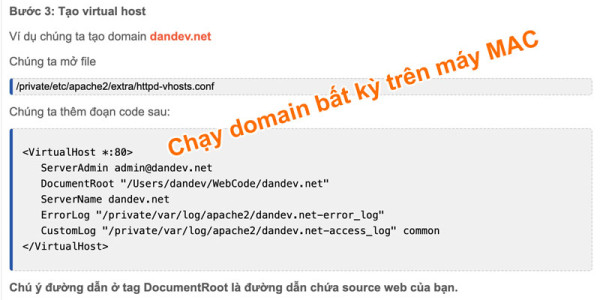







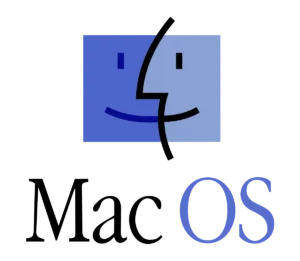


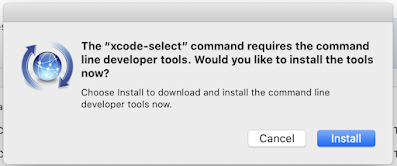

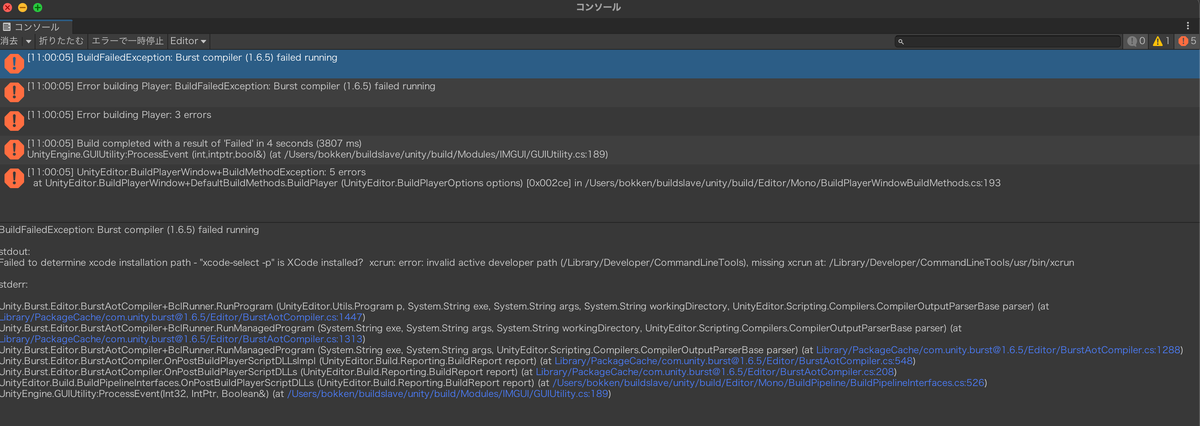
![SOLVED] Xcrun: Error: Invalid Active Developer Path (/Library/Developer/ CommandLineTools), Missing Xcrun At: /Library/Developer/CommandLineTools/usr /bin/xcrun Xcrun: Error: Invalid Active Developer Path (/Library/Developer/ CommandLineTools) Solved] Xcrun: Error: Invalid Active Developer Path (/Library/Developer/ Commandlinetools), Missing Xcrun At: /Library/Developer/Commandlinetools/Usr /Bin/Xcrun Xcrun: Error: Invalid Active Developer Path (/Library/Developer/ Commandlinetools)](https://bigdata-etl.com/wp-content/uploads/2022/09/Logo_ready.png)

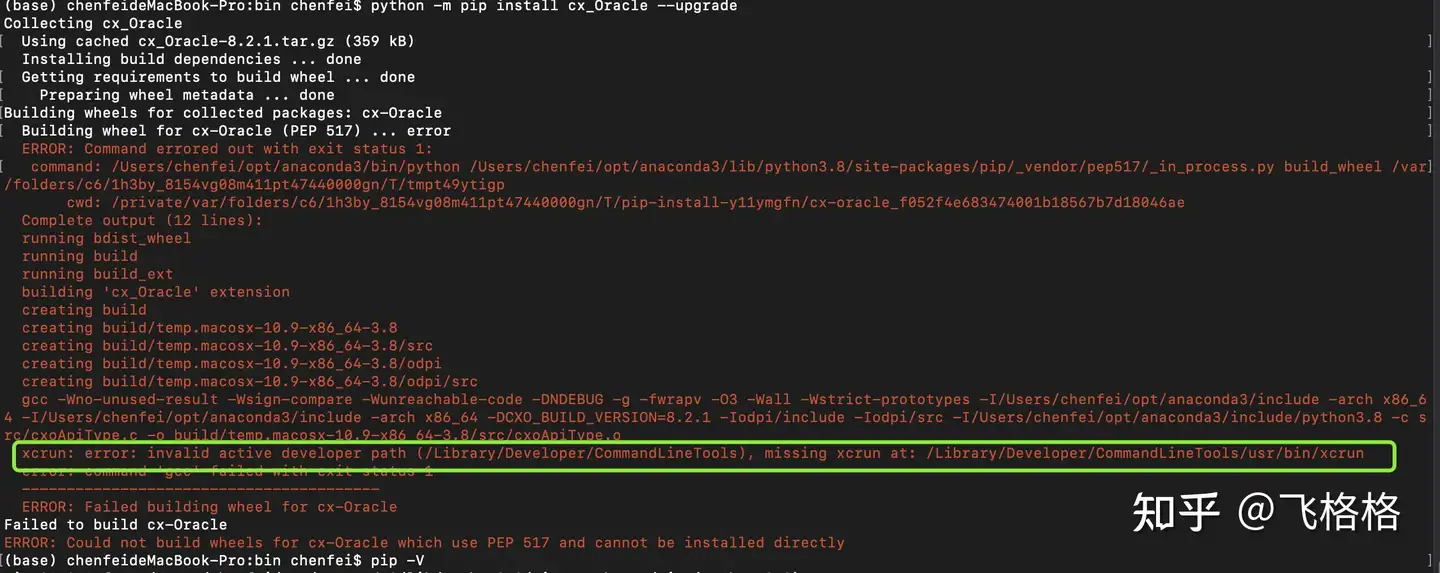






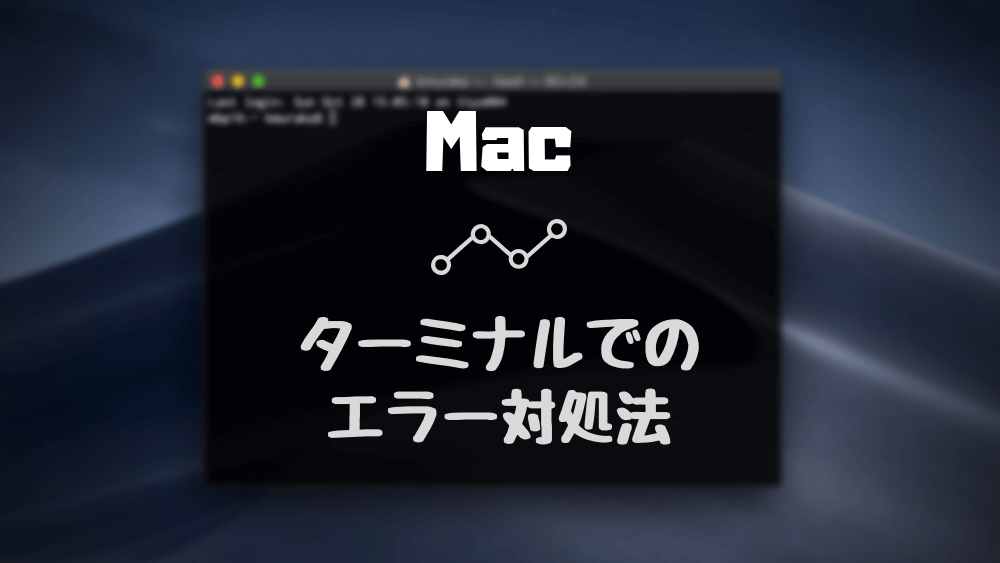
Article link: missing xcrun at library developer commandlinetools usr bin xcrun.
Learn more about the topic missing xcrun at library developer commandlinetools usr bin xcrun.
- missing xcrun at: /Library/Develop… | Apple Developer Forums
- Sửa lỗi Mac OS: xcrun: error: invalid active developer path …
- Git is not working after macOS update (“xcrun: error
- How to fix xcrun: error – Setapp
- Solved “xcrun: error: invalid active developer path (/Library …
- xcrun: error: invalid active developer path (/Library/Developer …
- Missing xcrun at: /Library/Developer/CommandLineTools/usr …
- Fix Git not working after macOS Update (xcrun: error – OSXDaily
- Sửa lỗi xcrun error trên mac – Kinhnghiemlaptrinh.com
- Why am I getting an “invalid active developer path” when …
See more: nhanvietluanvan.com/luat-hoc